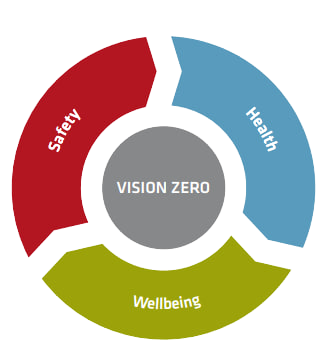#35 Vision Zero - Helsinki Raises The Bar
- Duc Phan
- Aug 11
- 2 min read
New media last week reported that Finland’s capital city, Helsinki, achieved a 12-month period of zero recorded road traffic fatalities. As the first major city reported to have done so, the remarkable achievement demonstrates what is possible with a concerted, comprehensive and sustained Safe System approach to road safety. According to the United Kingdom’s Road Safety Trust, the result can be attributed to many factors, including:
Lower speed limits – especially 30km/h limits on local streets
Systematic improvements in planning, road and street design
Increased enforcement, both automated and targeted
Excellent public transport services
Improved vehicle standards
Road user behaviour
Interventions and countermeasures in these areas have been developed and implemented across decades in Finland, with progress toward this outcome evident for some years (and not guaranteed to be fully sustained). Such efforts are of course not exclusive to Finland or Helsinki, with other European cities such as Oslo, for example, on a similar path according to ZME Science.

Relevance to Australia
While the achievement in Helsinki is encouraging for all countries in terms of the philosophy and strategies adopted, transferring the approach and measures elsewhere and to Australia specifically, is easier said than done. A key difference is the relative land mass, population and population density, while cultural and economic factors also play an important part.
Approximately 1.6 million people reside in the Helsinki Metropolitan region, comprising almost 30% of the Finnish population (~5.6 million). The country’s population density is relatively high at approximately 19 persons per Km². In contrast, Australia has 4 major cities substantially larger than Helsinki (Sydney, Melbourne, Brisbane, Perth), and an overall sparse population density of ~3.5 per Km². Full Safe System implementation across Australia’s vast road network, including rural and remote areas which account for more than half of the country’s road deaths, therefore remains an enormous challenge given the relatively limited resources per head of population.
In global terms, Helsinki’s achievement may be considered a small one, but it is certainly significant and demonstrates what can be done, city by city, region by region, if all stakeholders are sufficiently invested and aligned.




